The natural world is filled with moments of raw emotion, but few are as universally touching as the displays of maternal love among animals. From the fierce protectiveness of a lioness to the tender care of an orangutan mother, these acts of devotion transcend species and speak to the deepest instincts of life itself. What makes these behaviors so powerful is their selflessness—a mother’s willingness to sacrifice, endure, and even risk her own life for the survival of her offspring.
In the dense jungles of Borneo, orangutan mothers showcase one of the longest childhood dependencies in the animal kingdom. For up to eight years, a young orangutan clings to its mother, learning everything from foraging techniques to social cues. The bond is so strong that orphaned orangutans often struggle to adapt, highlighting how critical maternal guidance is for their survival. Researchers have observed mothers patiently teaching their young how to fashion tools from twigs or select the ripest fruits—a testament to the intricate, slow-burning love that defines their relationship.
Meanwhile, on the savannas of Africa, lionesses demonstrate a different but equally profound form of motherhood. A lioness will hunt tirelessly to feed her cubs, even sharing food with offspring that aren’t her own. This communal care system, unique among big cats, ensures the survival of the entire pride’s young. Stories abound of lionesses confronting hyenas or even male lions to protect their cubs, embodying a courage that borders on recklessness. It’s a reminder that maternal love isn’t always gentle—sometimes, it’s a roar in the dark.
Marine environments offer their own breathtaking examples. Humpback whales, for instance, undertake epic migrations with their calves, swimming thousands of miles to reach safe breeding grounds. During these journeys, mothers often go without food to prioritize their calf’s safety, using their massive bodies to shield them from predators. There are documented cases of humpback mothers intervening when orcas attack other species—a behavior scientists speculate may stem from an instinctive empathy forged by their own maternal struggles.
Even in the insect world, maternal instincts can be startlingly sophisticated. The humble earwig, often dismissed as a garden pest, exhibits remarkable care for her eggs. She meticulously cleans them to prevent fungal infections and fiercely defends them against predators. Once the eggs hatch, she continues to guard her nymphs, leading them to food sources in a manner eerily reminiscent of a mother hen herding chicks. For a creature with a brain the size of a pinhead, this level of dedication challenges our assumptions about the complexity of invertebrate emotions.
Perhaps no animal embodies the extremes of maternal sacrifice more than the octopus. The giant Pacific octopus spends months guarding her eggs without leaving to feed, slowly starving herself as she tends to her developing young. By the time the eggs hatch, she is often too weak to survive, her life spent ensuring the next generation’s chance. This tragic beauty is nature in its purest form—a cycle of giving that demands everything.
Human observers have long projected their own emotions onto these animal behaviors, but science increasingly confirms that the parallels are real. Hormonal studies show that many mammalian mothers experience surges of oxytocin—the so-called "love hormone"—during interactions with their young. EEG readings reveal distinct brain activity patterns when animals are separated from their offspring, suggesting distress akin to human anxiety. While we may never fully grasp the subjective experience of an elephant mourning her stillborn calf or a wolf nursing an injured pup, the outward manifestations are undeniably familiar.
Yet animal motherhood isn’t just about biological imperatives. Take the case of Koko, the gorilla who famously adopted a kitten as her own. Though she had no evolutionary drive to care for an unrelated species, Koko groomed, cuddled, and even mourned her feline companion in ways that mirrored human bereavement. Such cross-species adoptions occur surprisingly often in nature, from dolphins "babysitting" stranded whales to dogs nursing orphaned squirrels. These anomalies suggest that maternal love can sometimes transcend the boundaries of instinct.
Climate change and habitat destruction now threaten many of these maternal narratives. Polar bear mothers, for example, face dwindling ice platforms on which to raise their cubs, forcing them to swim impossible distances. Elephant matriarchs, repositories of generational knowledge, are being poached at alarming rates, leaving herds directionless. The disruption of these ancient care systems doesn’t just endanger individual species—it unravels the very fabric of maternal wisdom that has sustained ecosystems for millennia.
In the end, what resonates most deeply about animal motherhood is its unspoken universality. Whether it’s a chimpanzee comforting her crying infant or a penguin balancing an egg on her feet through Antarctica’s brutal winter, these acts form a silent language understood by all living things. They remind us that before culture, before language, before technology, there was simply the urge to nurture and protect—an impulse as old as life itself, written in the DNA of every creature that has ever drawn breath.
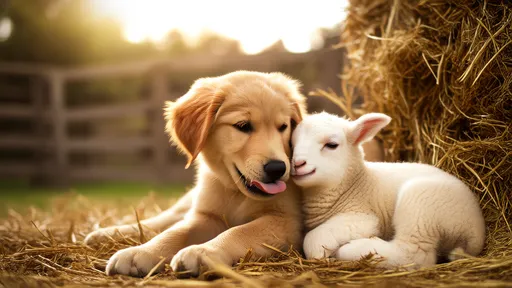
By /Aug 4, 2025
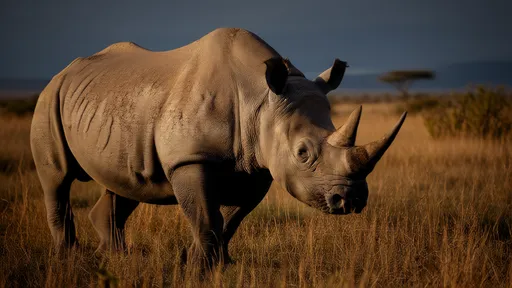
By /Aug 4, 2025
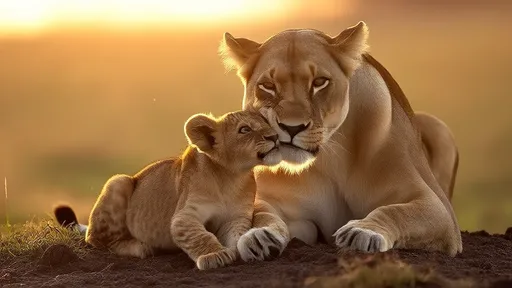
By /Aug 4, 2025

By /Aug 4, 2025

By /Aug 4, 2025
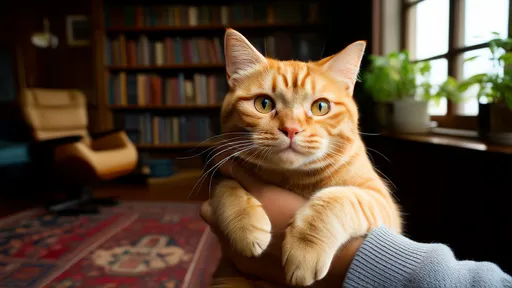
By /Aug 4, 2025

By /Aug 4, 2025
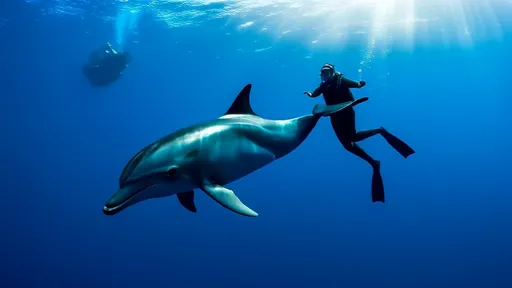
By /Aug 4, 2025
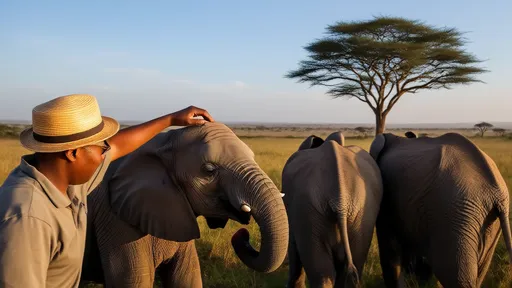
By /Aug 4, 2025

By /Aug 4, 2025
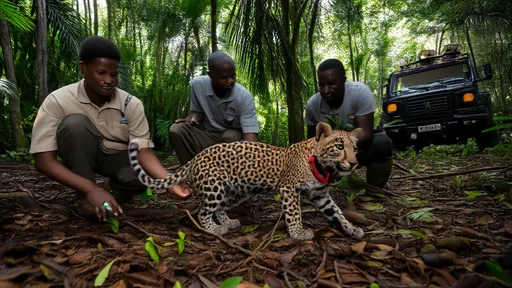
By /Aug 4, 2025

By /Aug 4, 2025
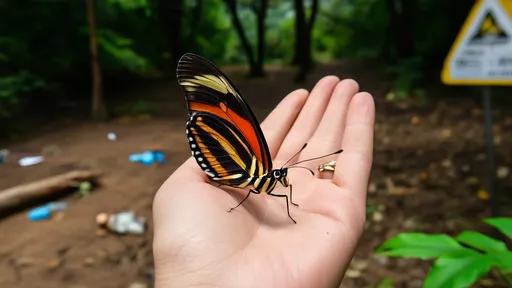
By /Aug 4, 2025
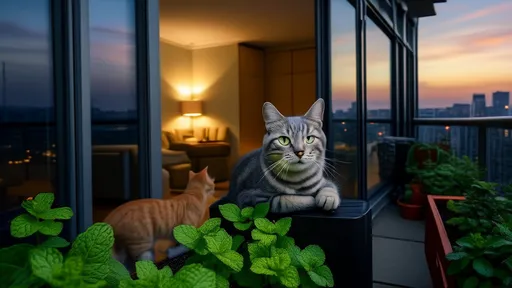
By /Aug 4, 2025
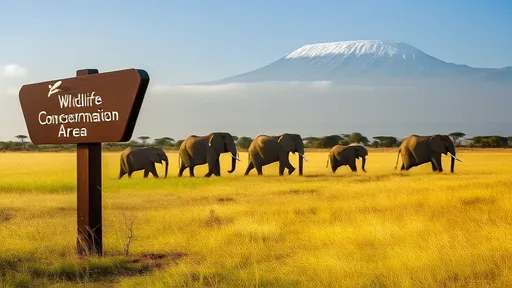
By /Aug 4, 2025
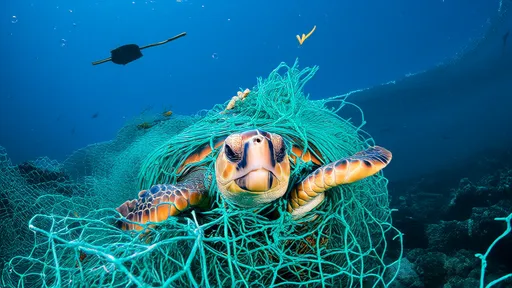
By /Aug 4, 2025

By /Aug 4, 2025
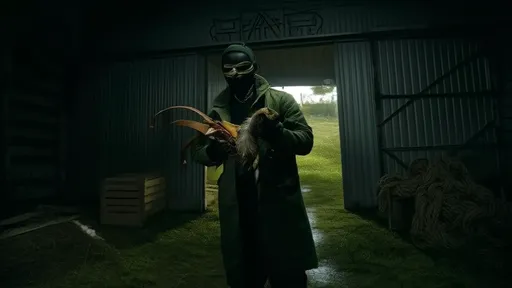
By /Aug 4, 2025
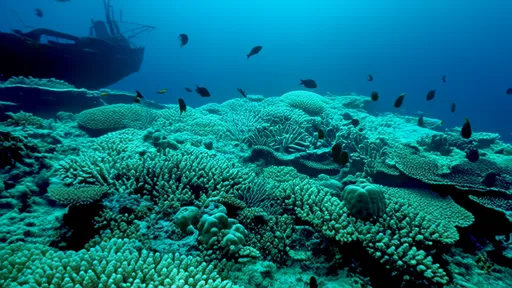
By /Aug 4, 2025
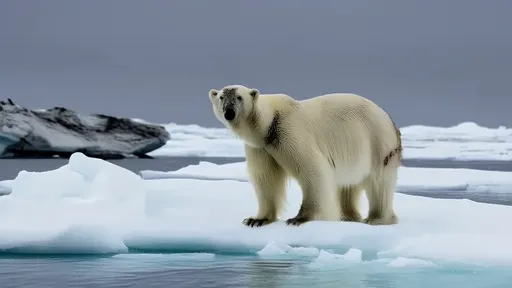
By /Aug 4, 2025